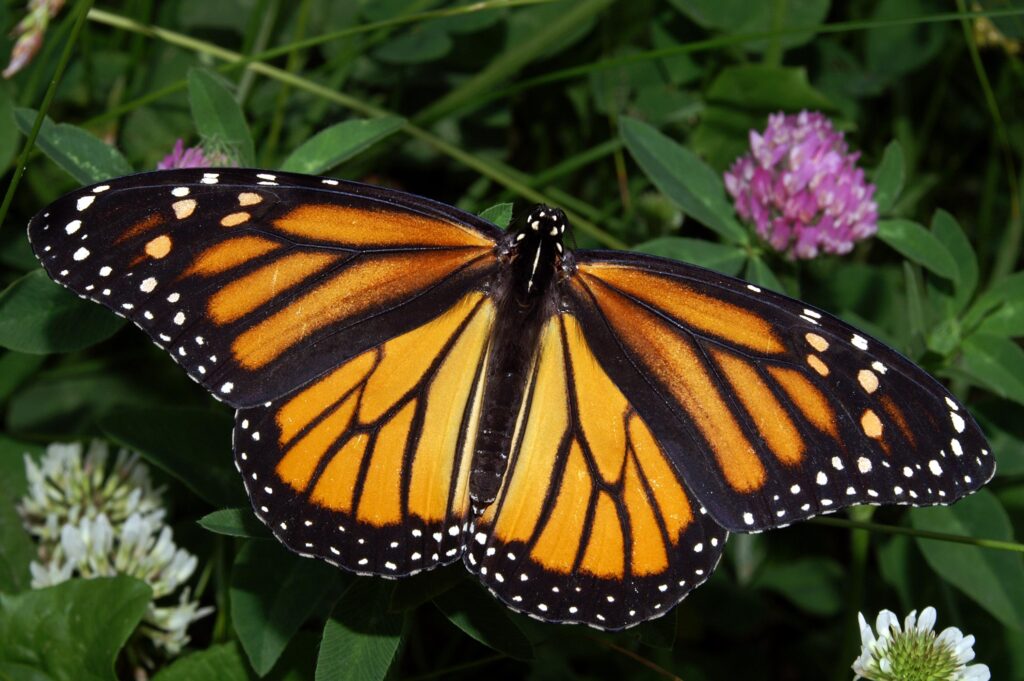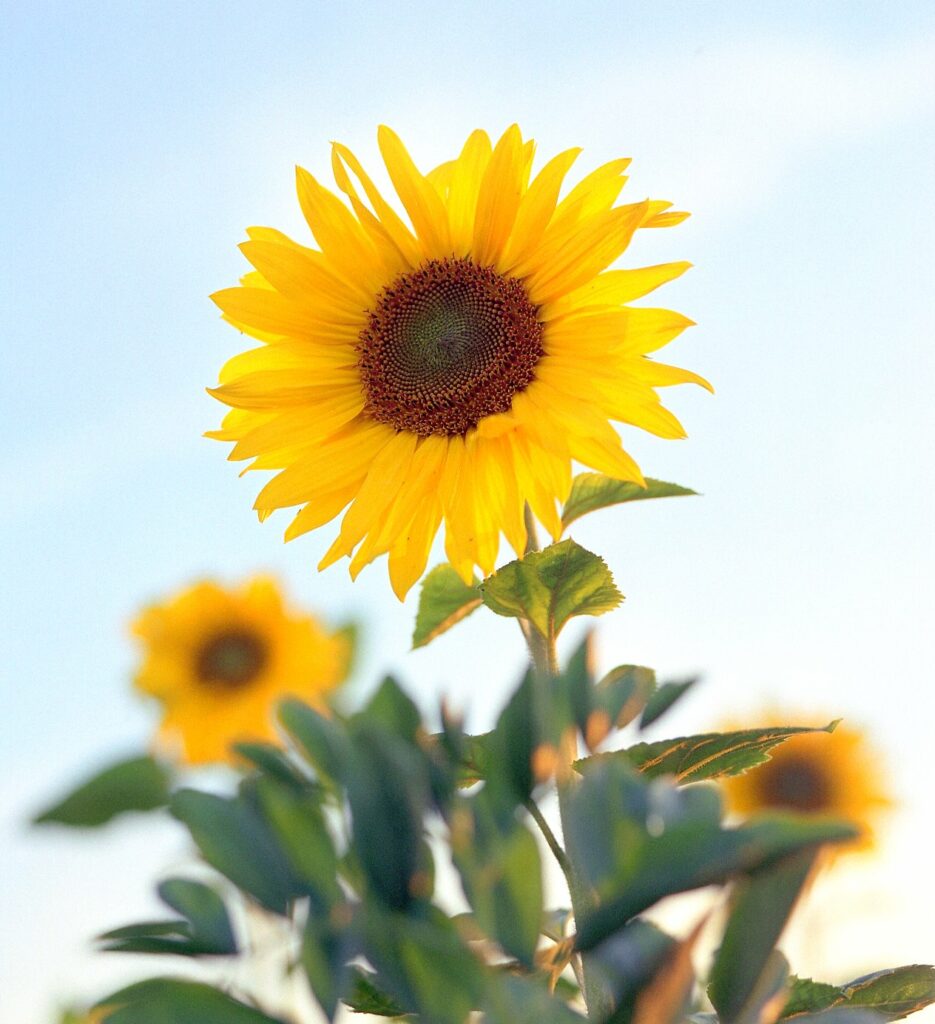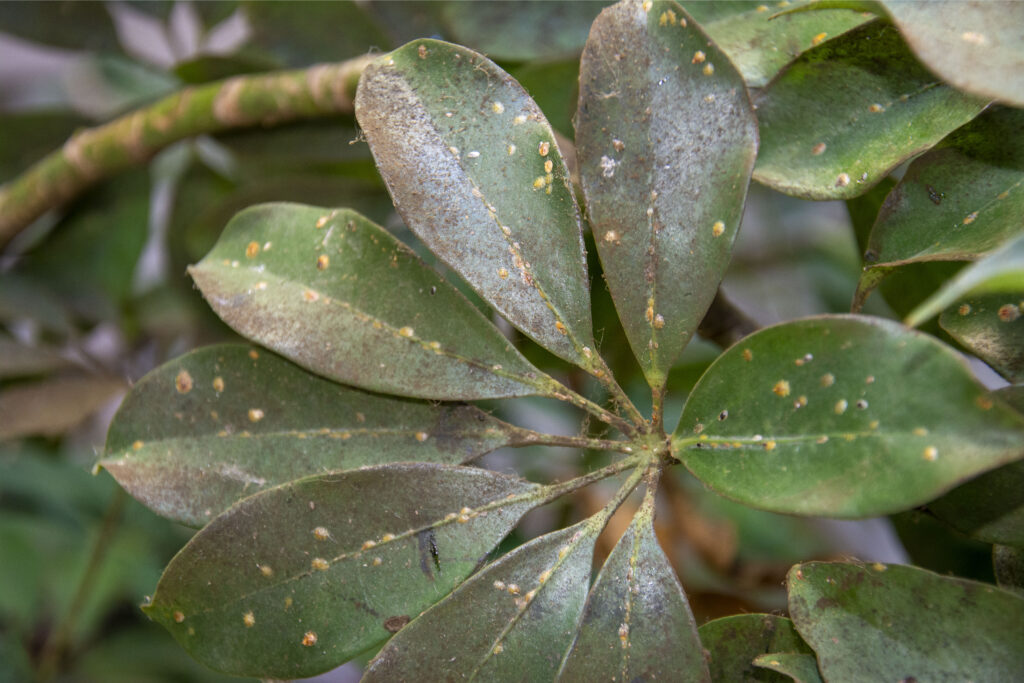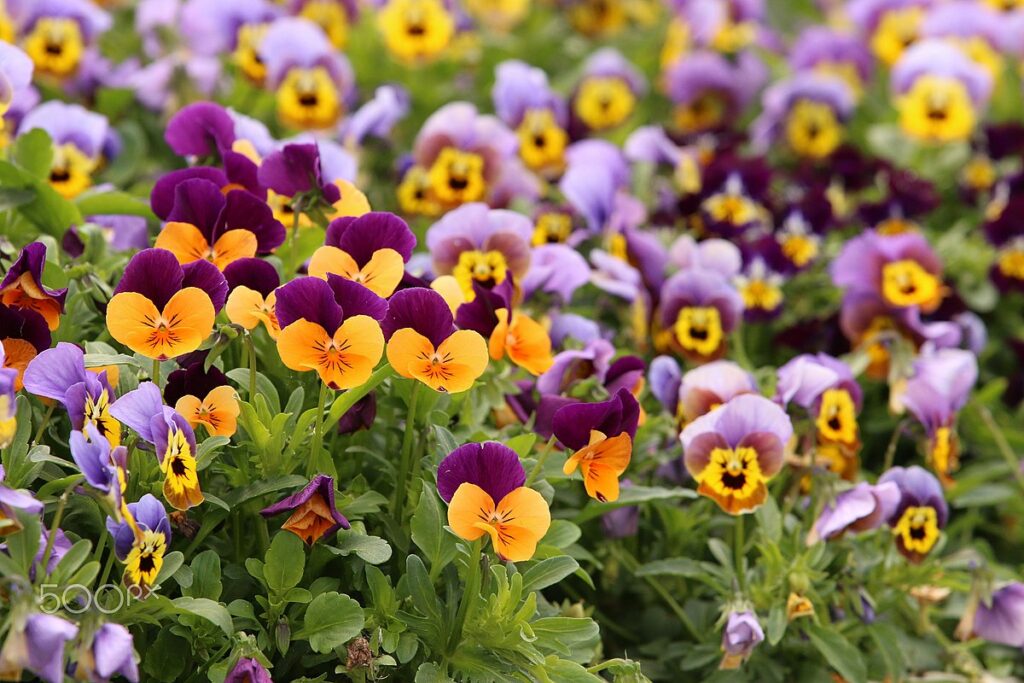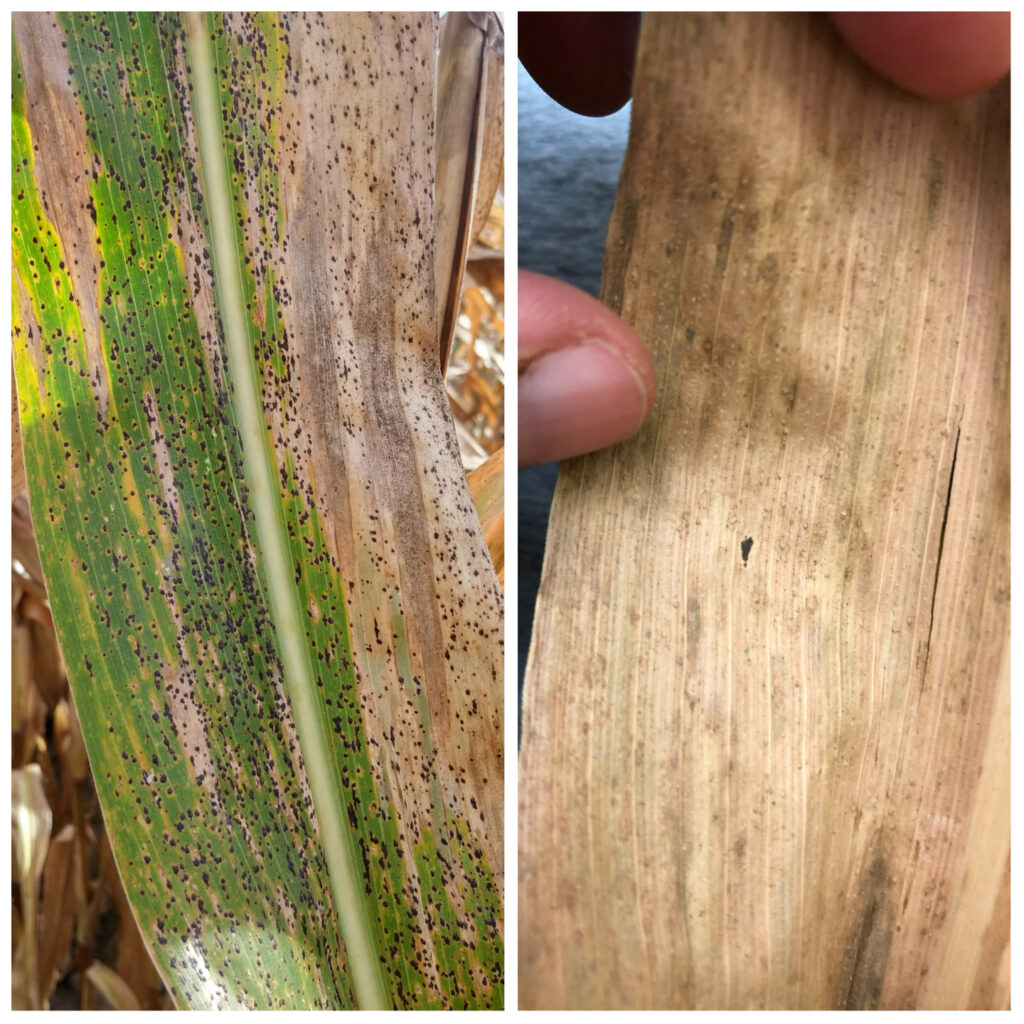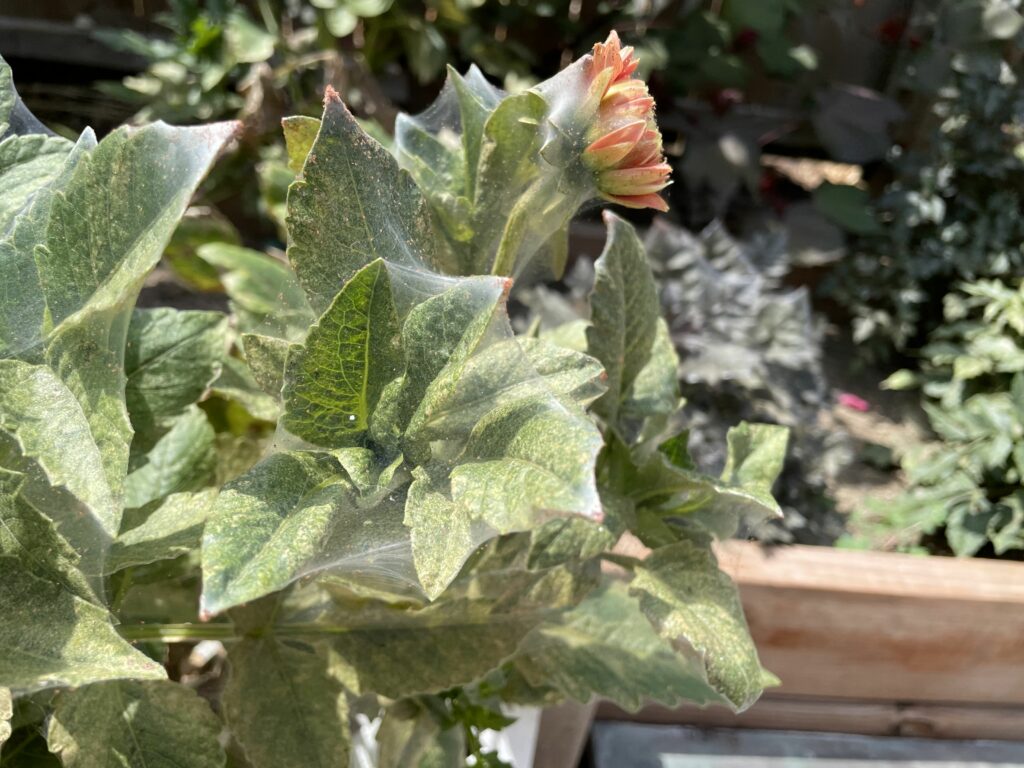Markets & Ag
COLUMBIA, Mo. — Mowing is a leading cause of farm tractor rollover accidents, which, in turn, are a leading cause of farm fatalities. Smaller utility or garden-type tractors equipped with deck or belly mowers are also susceptible to rollovers and tip overs on hilly terrain. A dreaded chore for some, a joy for others, mowing…
Read Full Article COLUMBIA, Mo.— Many consider the farm an ideal place to raise children, but with its idyllic charm comes dangers, says University of Missouri Extension health and safety specialist Karen Funkenbusch. About three children die from an agriculture-related incident each day, according to the National Children’s Center for Rural and Agricultural Health and Safety. National Farm…
Read Full Article COLUMBIA, Mo. — More people die while farming each year than while serving as police officers, firefighters or other emergency responders. The U.S. Bureau of Labor Statistics reports a rate of 23 work-related deaths per 100,000 workers in the agricultural industry. That is seven times higher than the national average for workers. Fall harvest –…
Read Full Article NAUVOO, Ill. — University of Illinois Extension will offer a rainscaping demonstration from 5:30-7:30 p.m. Thursday, Sept. 21 at the corner of Hyde and Hotchkiss in historic Nauvoo. A group photo will be taken at approximately 7 p.m. Twenty-five community members and leaders who have participated in the rainscaping workshop series will be planting a…
Read Full Article COLUMBIA, Mo. — For home lawns, Missouri weather is like Goldilocks’ porridge. For some types of grass it’s too hot and for others it’s too cold. In Missouri, the hard part is finding a grass for which the weather is “just right.” There is no one-size-fits-all grass for Missouri lawns, say University of Missouri Extension…
Read Full Article MACOMB, Ill. — Have you read some of the headlines lately concerning monarch butterflies? “Monarch Butterflies are Thriving!” “Monarch Butterflies are Endangered!” Both headlines (or something similar) recently saturated newsfeeds for Americans. Considering these stories came out about two weeks apart, what is a person to think? Are monarch butterflies OK? Are they in peril?…
Read Full Article COLUMBIA, Mo — The sunflower’s story begins with a tale of unrequited love. According to Greek mythology, the water nymph Clytie fell in love with the god of the sun, Apollo, who dazzled the earth as he drove his golden chariot across the sky each day. When he rejected Clytie’s affection, it nearly drove her…
Read Full Article JACKSONVILLE, Ill. — As we draw nearer to fall, it’s time to start thinking about bringing houseplants back indoors for the winter. Many houseplants are native to tropical an subtropical climates and, while they may do great outdoors during the summer, cannot tolerate our cold temperatures. When the thermometer starts to consistently get below 55…
Read Full Article SEDALIA, Mo. — “Making the best better” for generations of Missouri 4-H club members, 40 volunteers joined the 2022 Missouri 4-H Hall of Fame on Aug. 20 at State Fair Community College in Sedalia. The Missouri 4-H Foundation recognized people who have created a legacy of service to 4-H by honoring them with membership in…
Read Full Article COLUMBIA, Mo. — Fall is time for the changing of the guard in flower beds and containers. As some summer flowers shout their last hurrah, others gradually fade into the background. To fill in holes in the landscape, many nurseries and garden centers offer replacement plants such as mums, asters and pansies that will spruce…
Read Full Article COLUMBIA, Mo. — University of Missouri’s Plant Diagnostic Clinic confirmed tar spot in three corn samples collected in the Missouri counties of Lewis and Holt on Aug. 30, according to Peng Tian, the clinic’s lab director. Tar spot of corn is an emerging disease threat. In 2018, yield losses of 20-60 bushels per acre were…
Read Full Article JACKSON, Mo. — As traditional gardening season takes a bow, lasagna gardening makes a grand entrance. Lasagna gardening is no-till, no-dig gardening that uses materials typically thrown away such as kitchen and yard waste, says University of Missouri Extension horticulturist Donna Aufdenberg. Aufdenberg says lasagna gardening is environmentally friendly and frees the gardener from tilling,…
Read Full Article JACKSONVILLE, Ill. — Spider mites are a common pest on many types of plants. The most commonly encountered species is the two-spotted spider mite. While we often think of them attacking houseplants, particularly during the winter months, they can also be a problem on fruits, vegetables and landscape plants, particularly during hot, dry weather. What…
Read Full Article 



